I in turn -- holding your experience and demonstrated prows in this Craft in such regard -- was forced to check my stance on the issue of brass annealing. I too enhanced my understanding of metallurgy through my own investigation into the process. Seems the ratio of copper to zinc is what drives the alloys response to quick or slow quenching; the higher copper bearing metal softens when cooled slowly, and the low (more common) copper content brass is best quickly quenched.
Unless specified, when you buy K&S Brass products you get the high-copper 'cartridge brass'. If you want the usual standard brass you have to ask for it, same true for 'machine brass' an other variants of the alloy.
Good stuff, Tom
David
Unless specified, when you buy K&S Brass products you get the high-copper 'cartridge brass'. If you want the usual standard brass you have to ask for it, same true for 'machine brass' an other variants of the alloy.
Good stuff, Tom
David

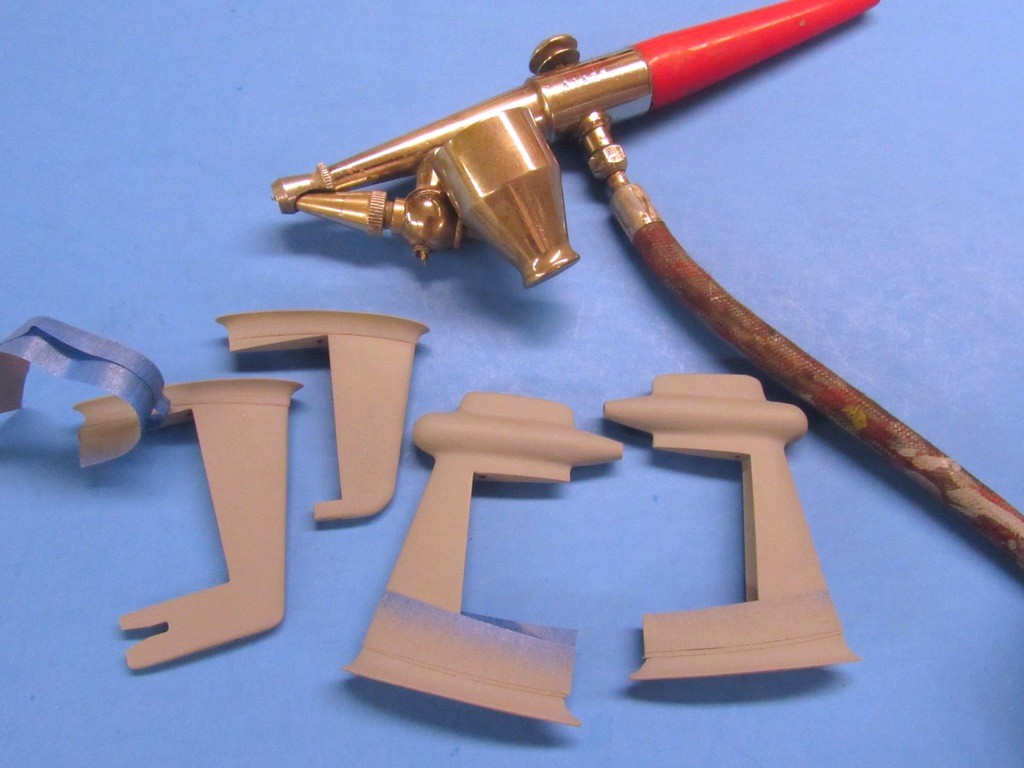
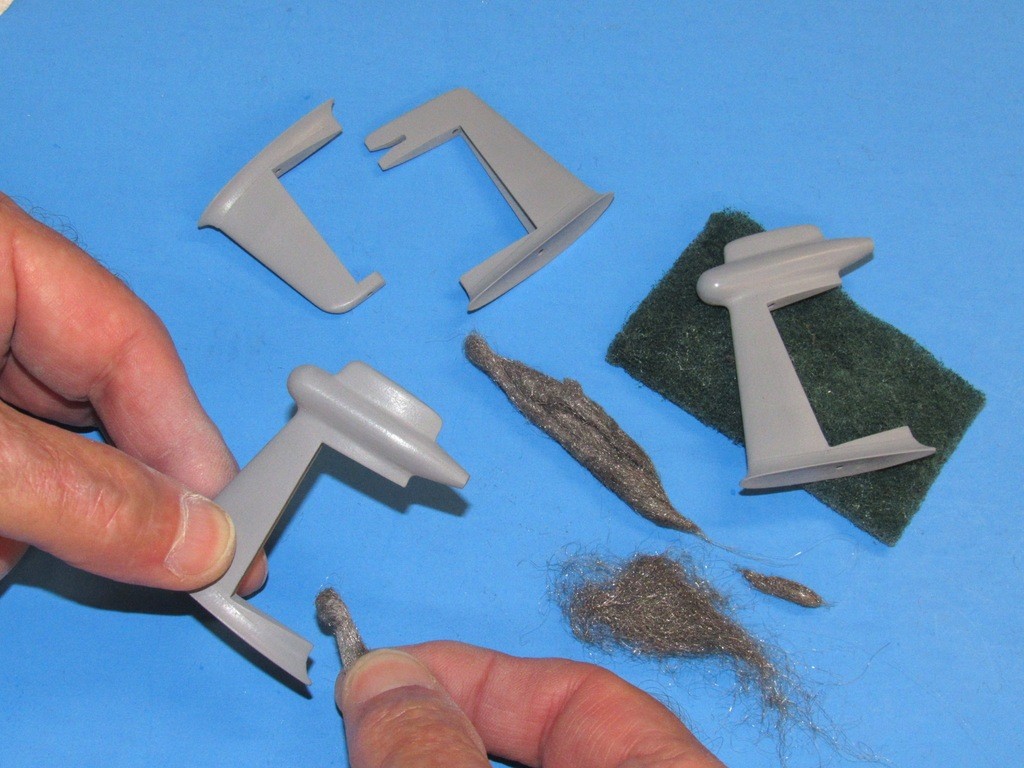

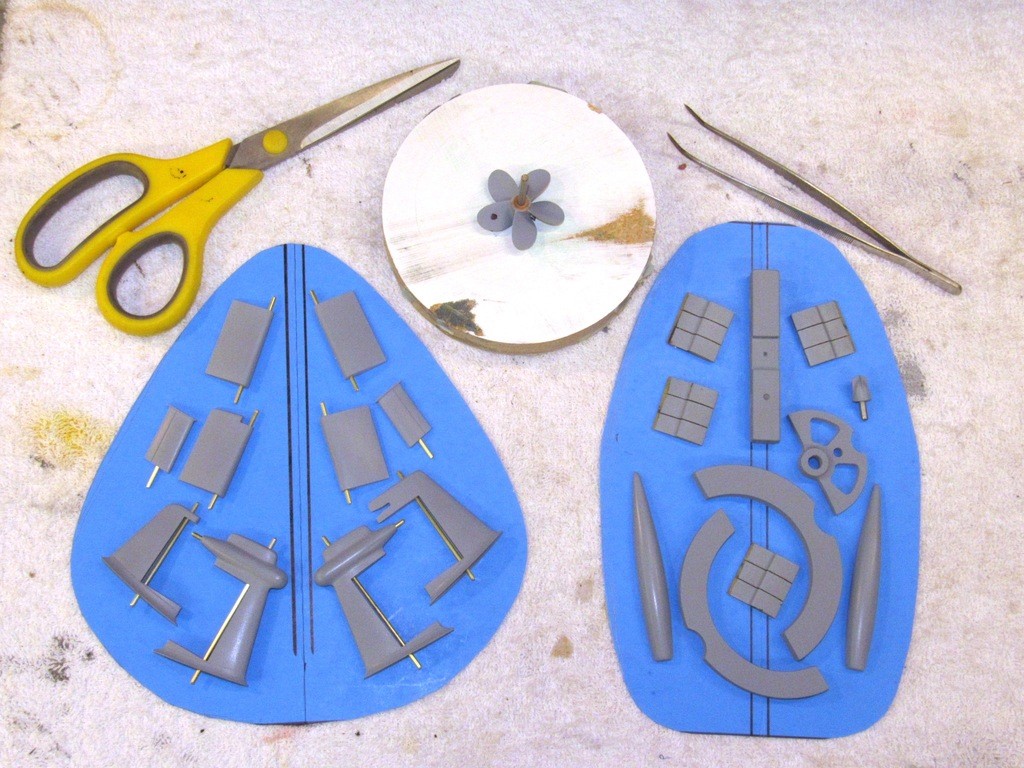

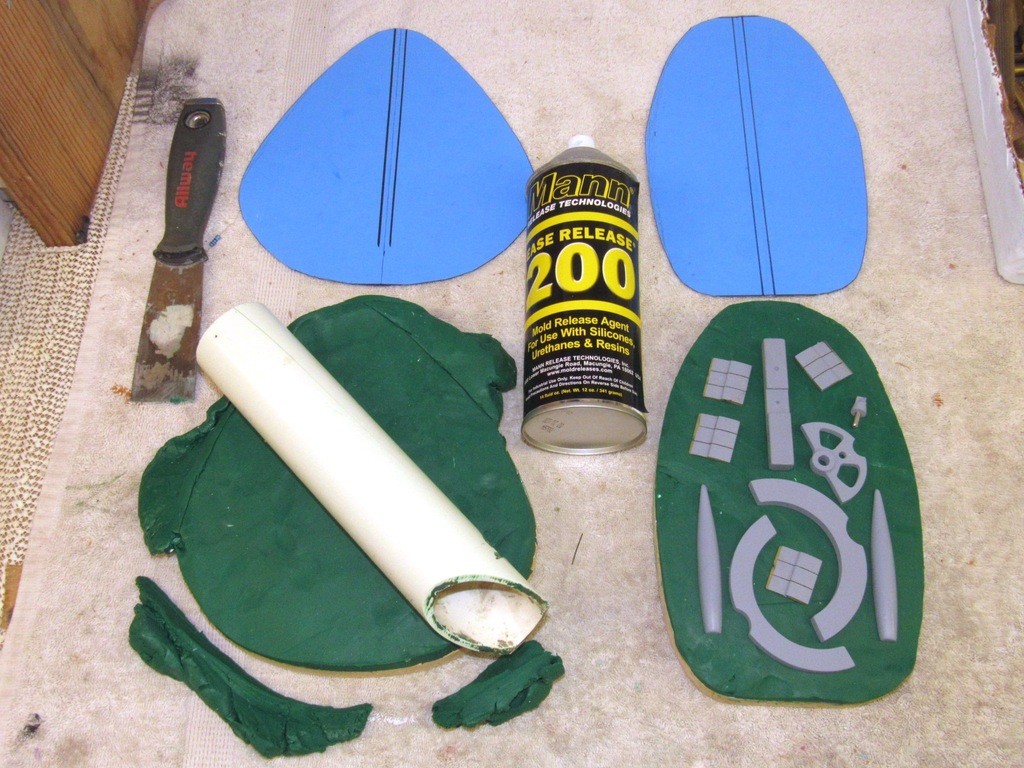
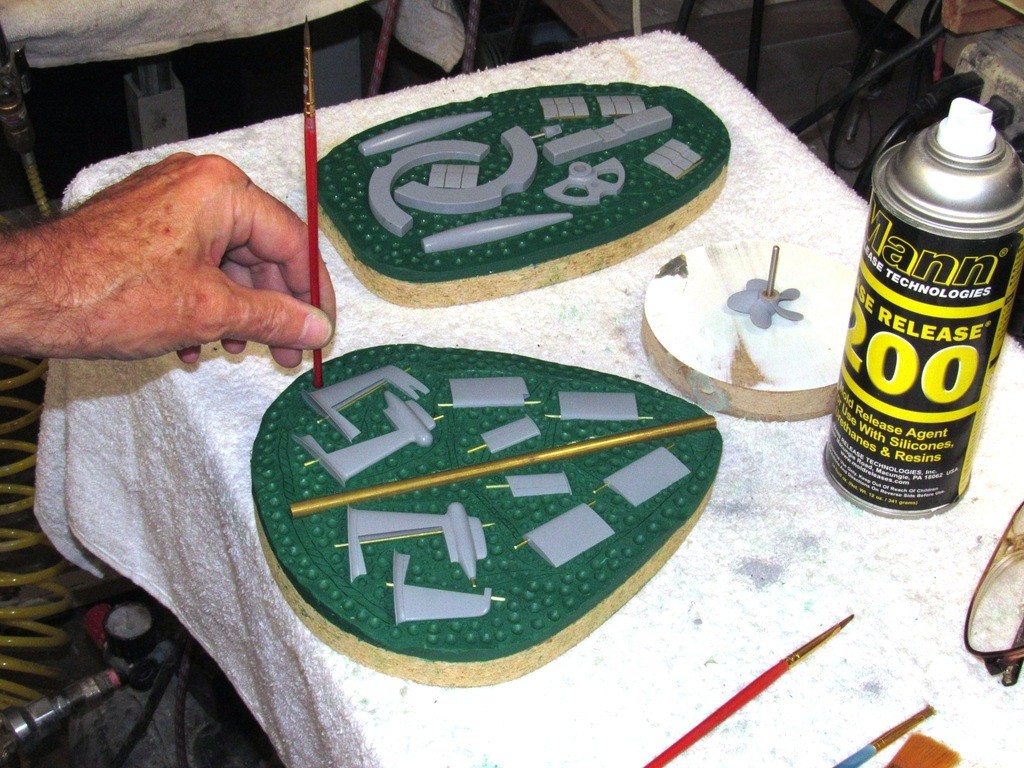
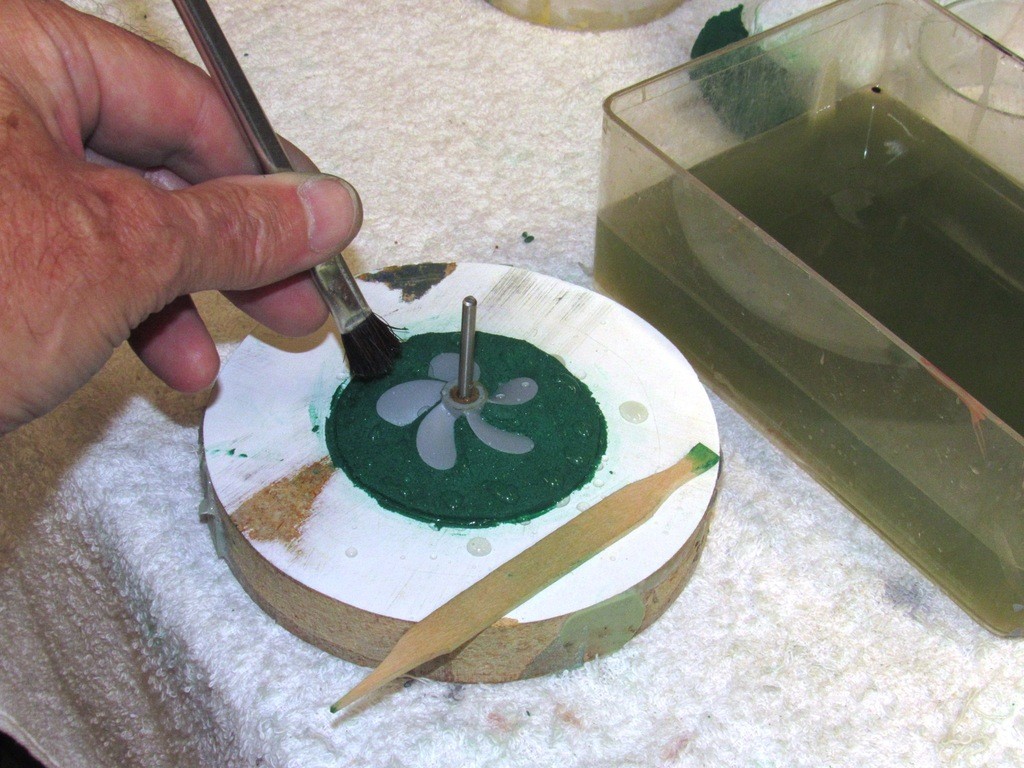
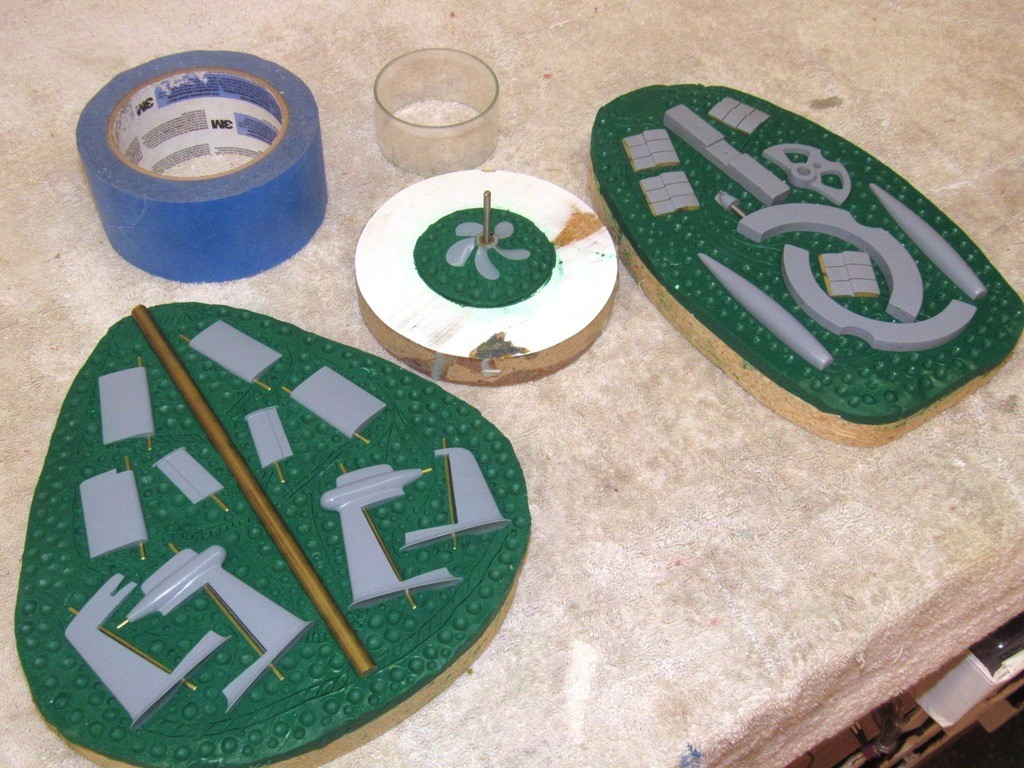



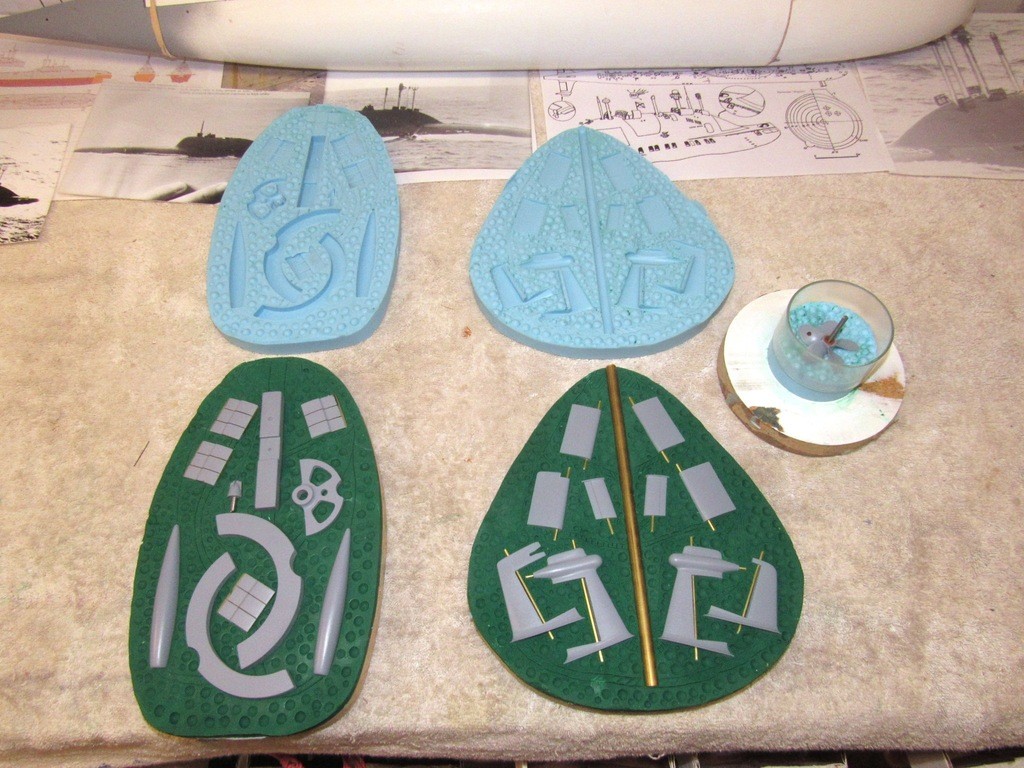
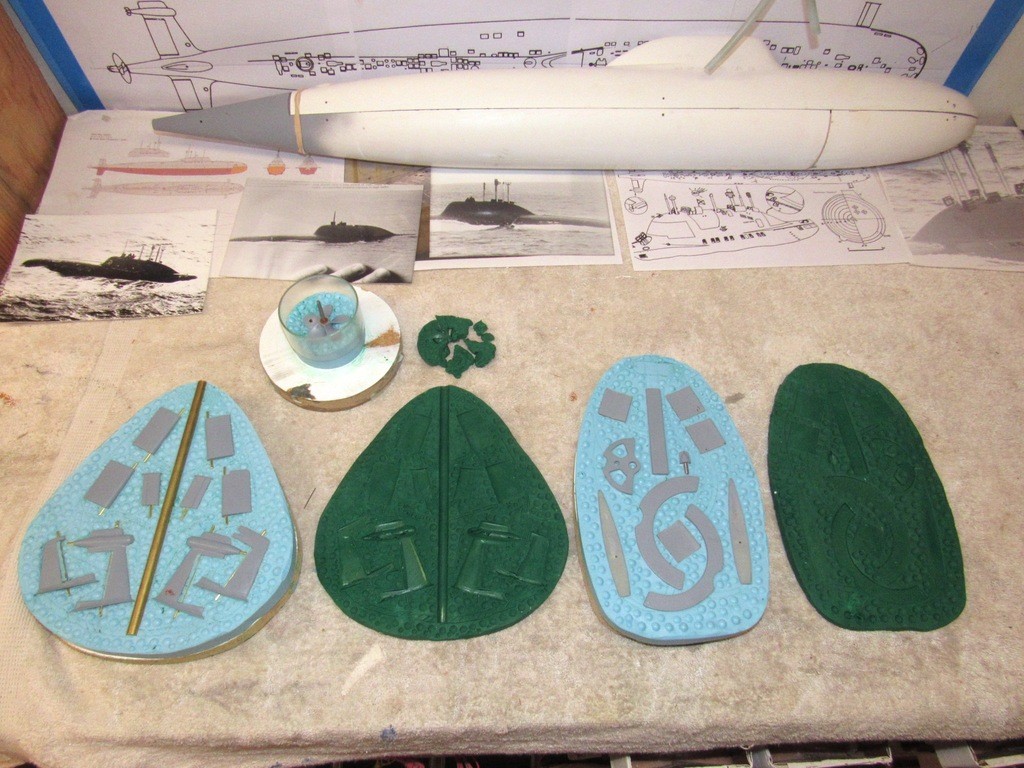

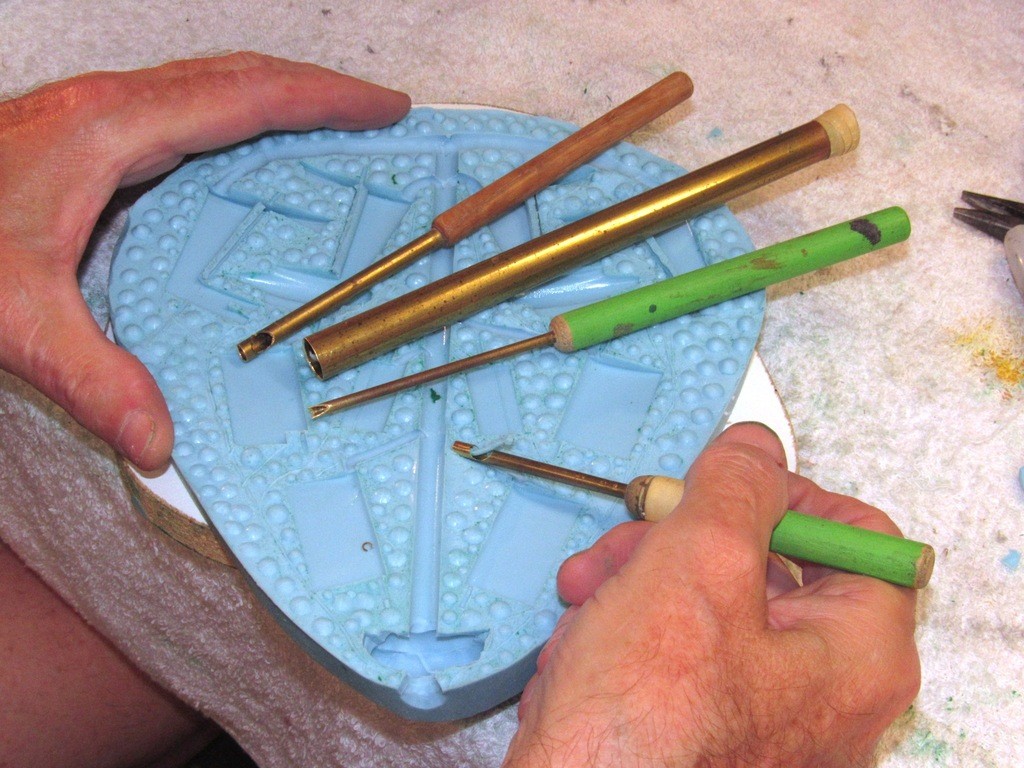
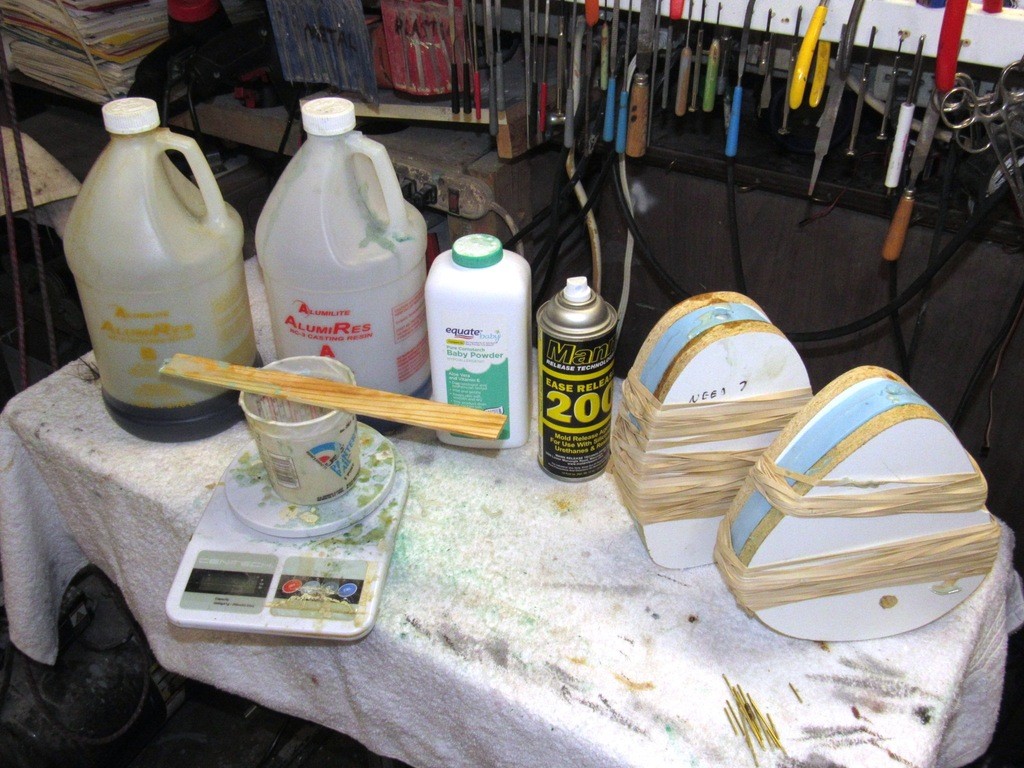
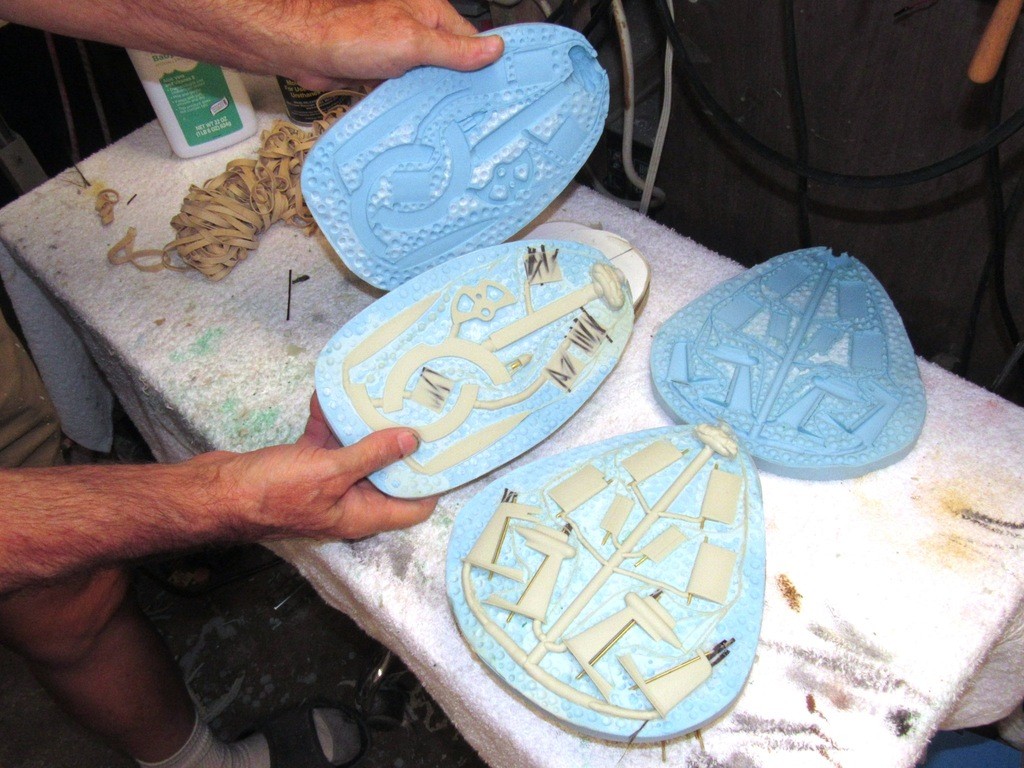
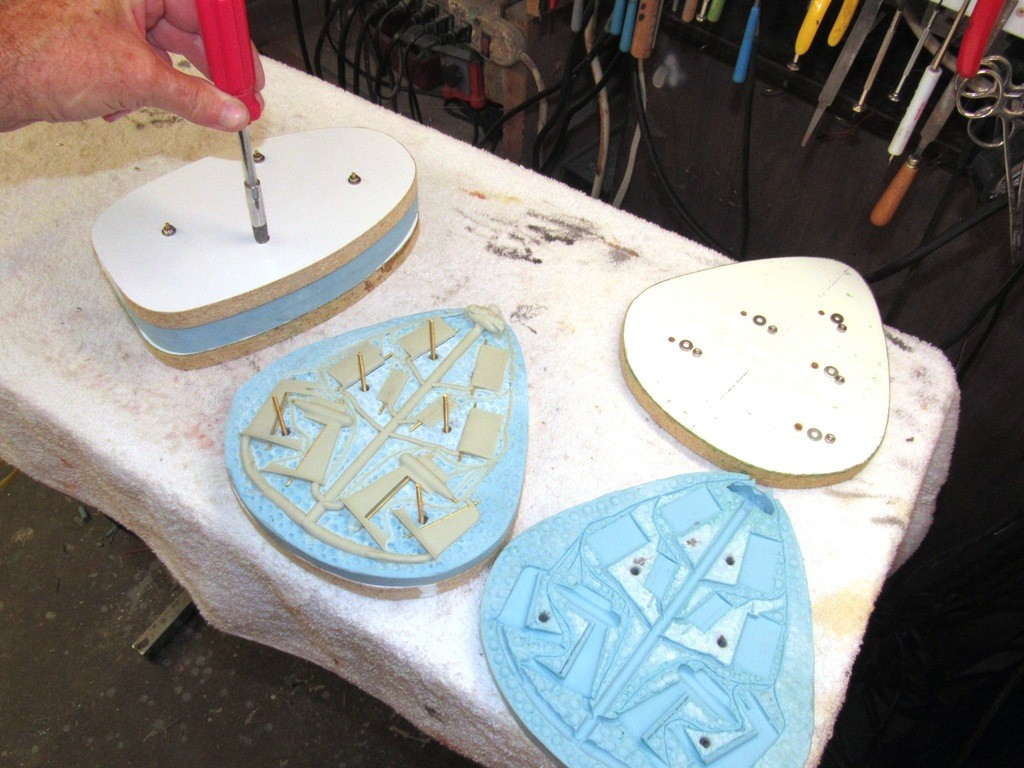
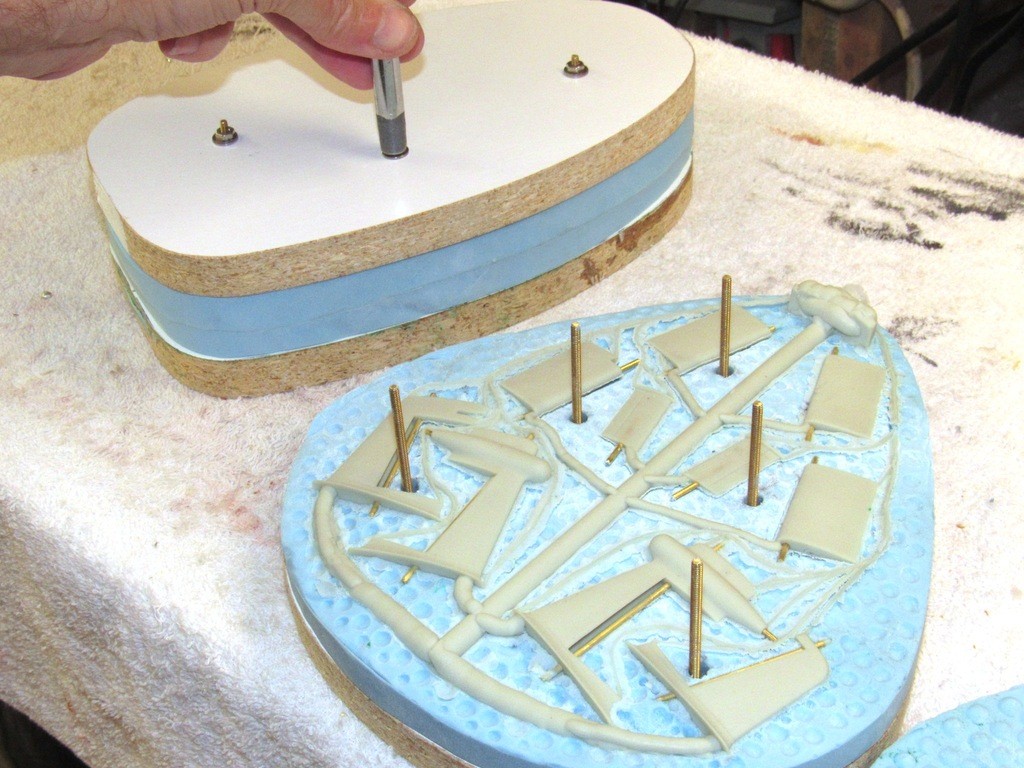
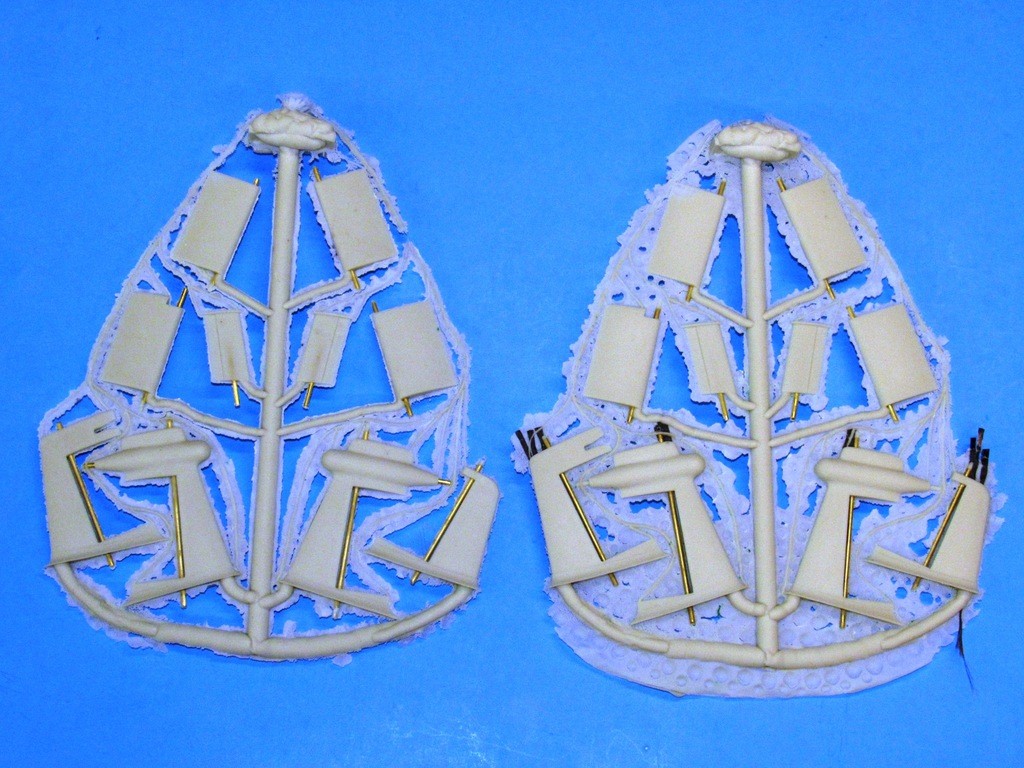
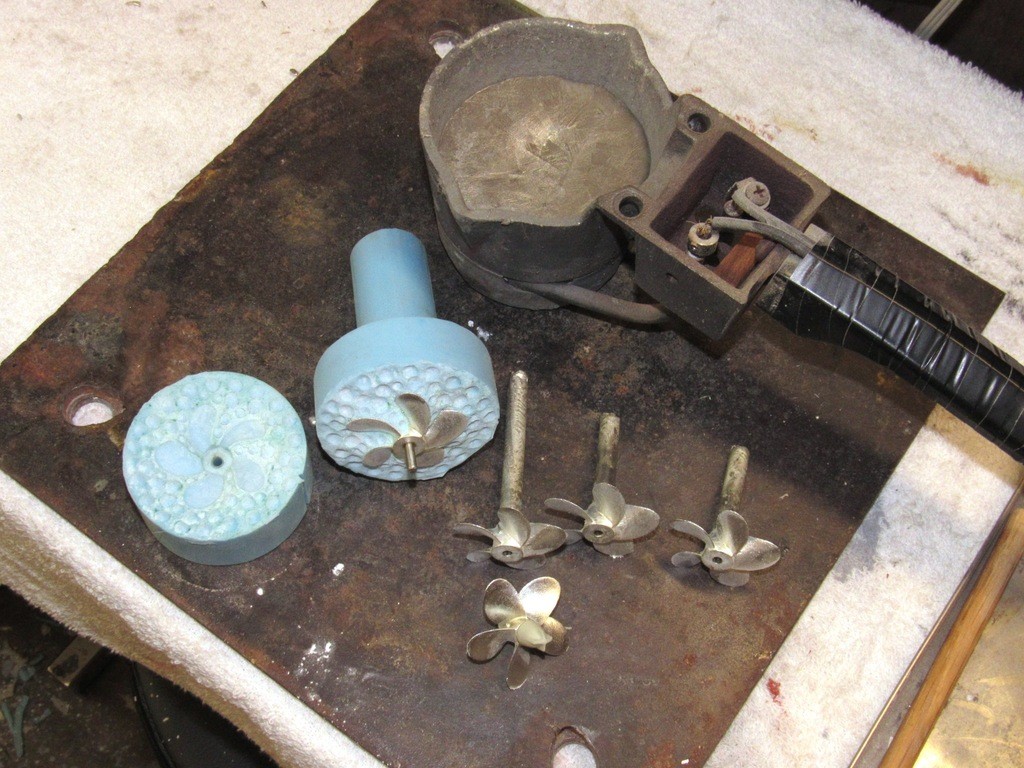
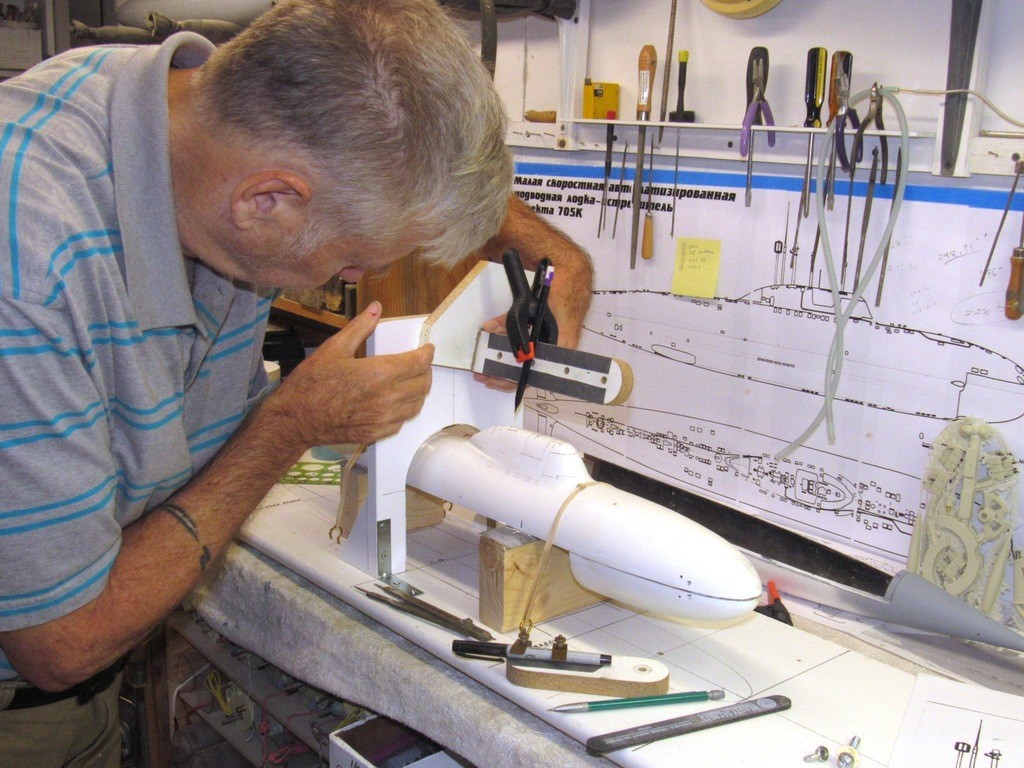

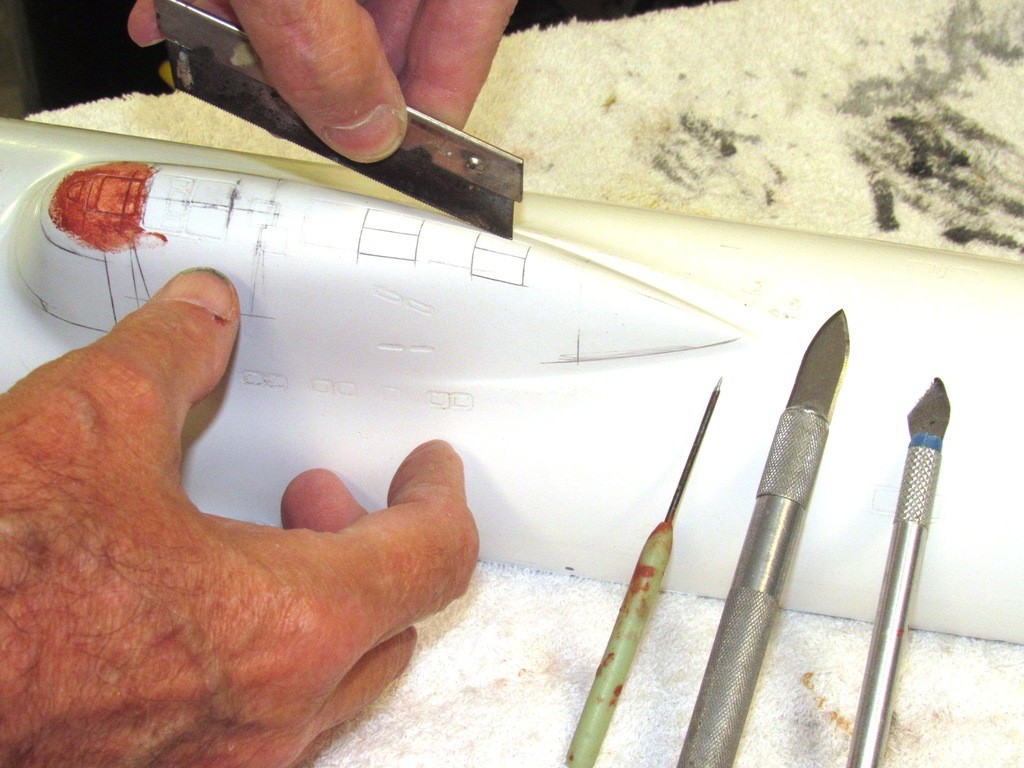
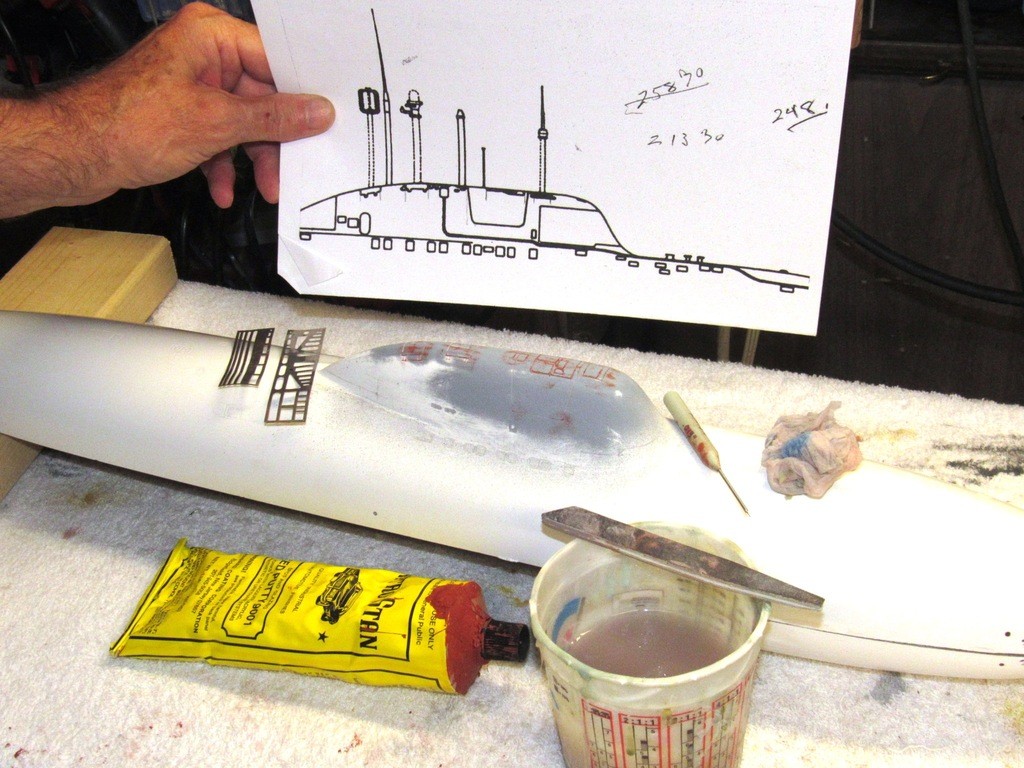
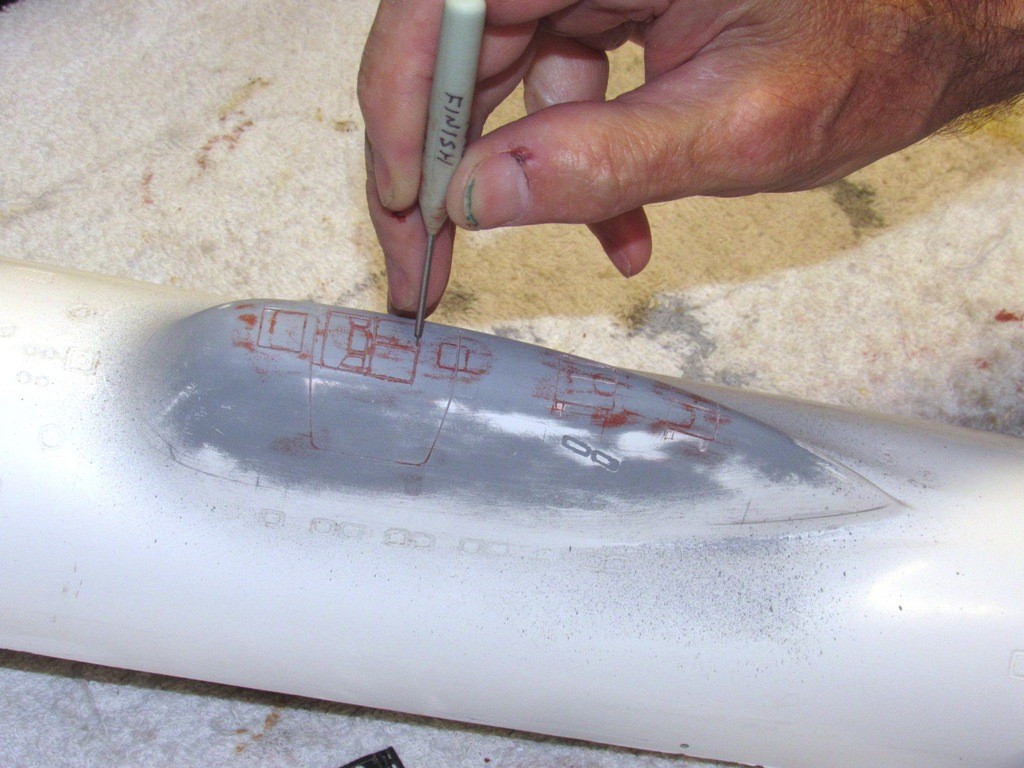
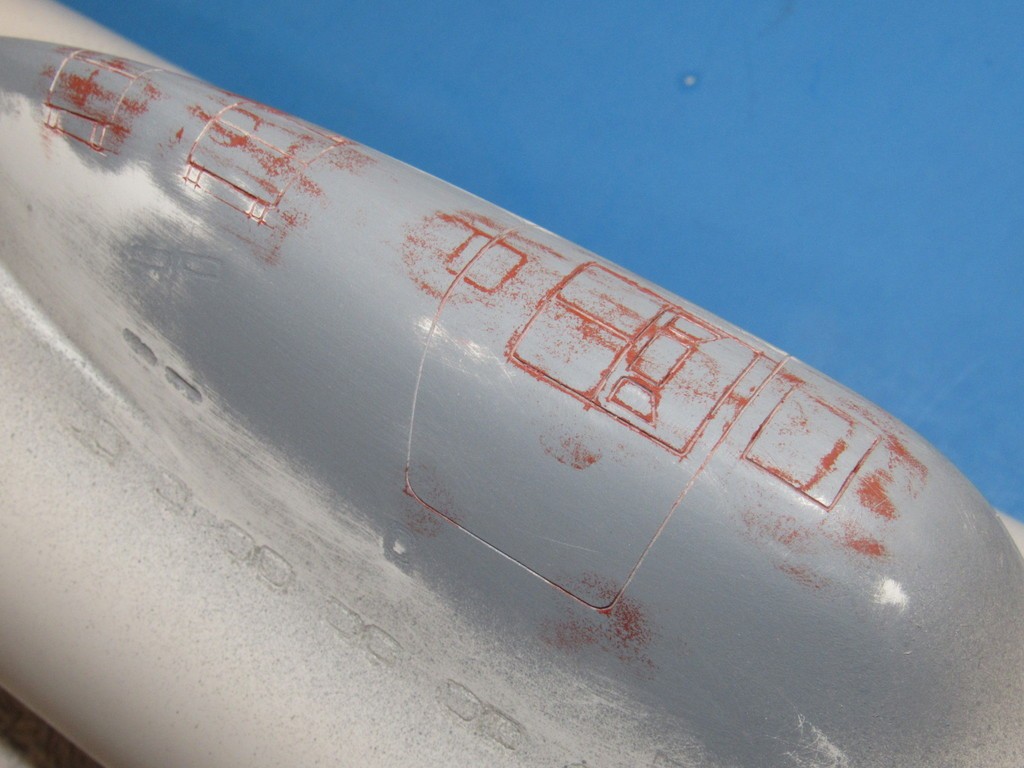
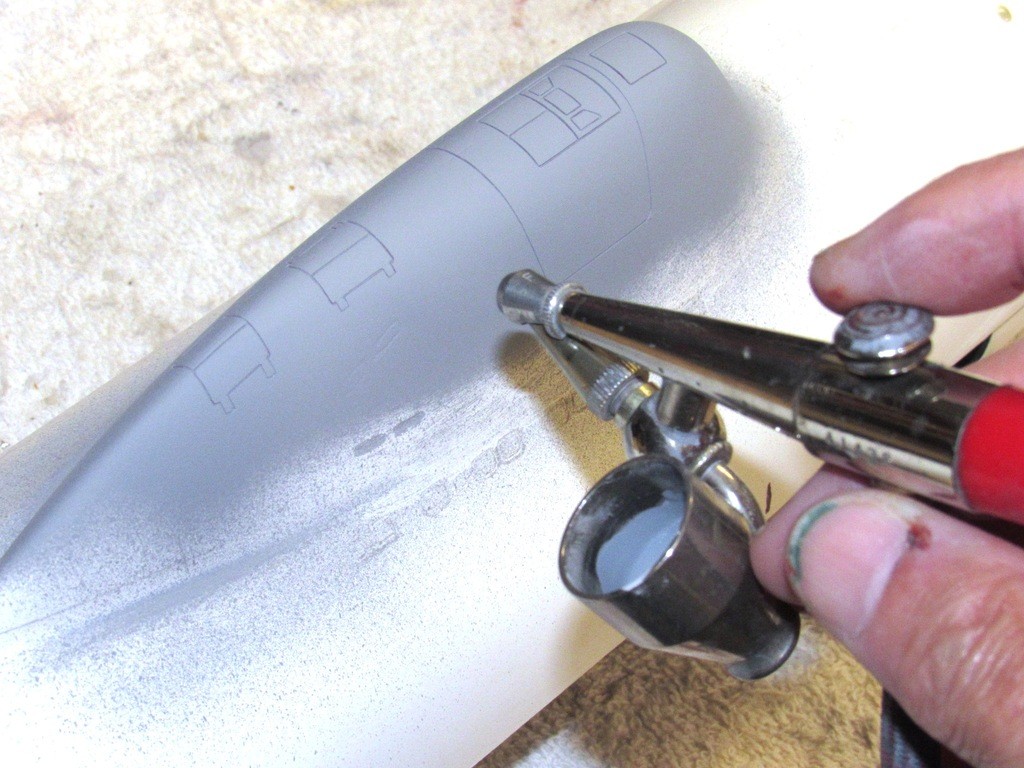
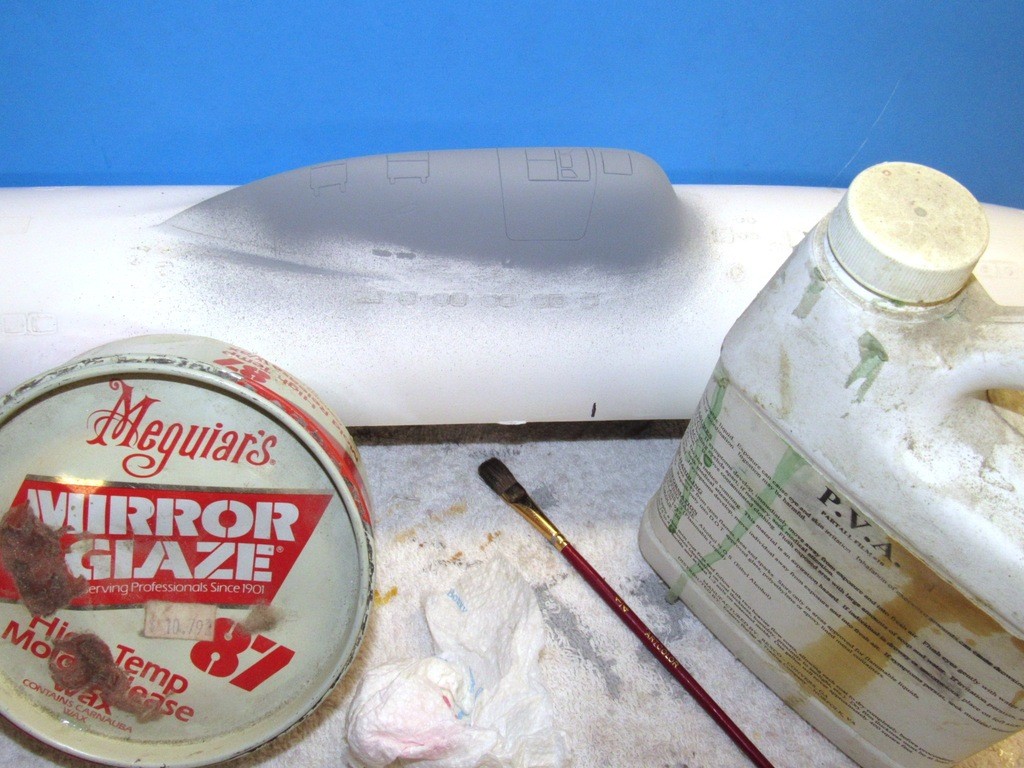

Comment